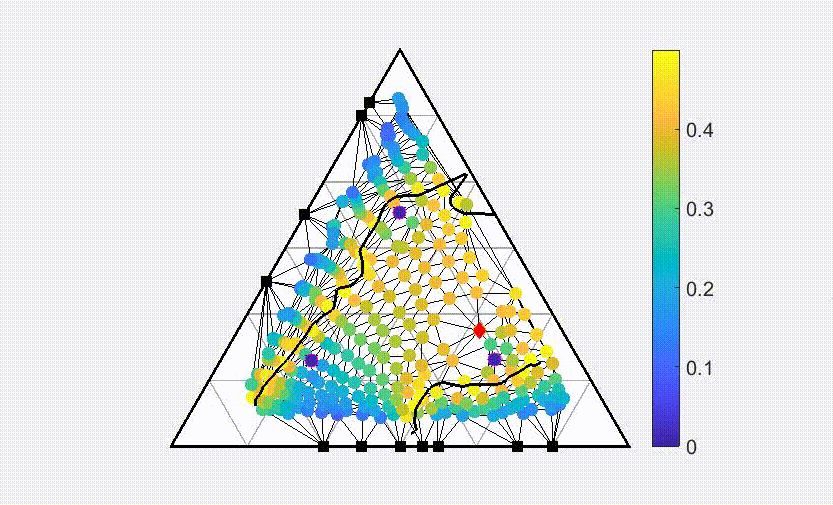Data and AI-Based Quantitative Analysis

Development of methods for leveraging machine learning within quantitative analysis — A measurement is a combination of an observation and analysis. Effective accelerated science through Autonomous and AI-Driven Systems critically depends on robust automated quantitative analysis. Many popular advanced materials characterization methods produce observations that cannot be reliably and rapidly interpreted with existing analysis tools, but they are too nuanced or complex to allow traditional machine learning algorithms to make intelligent decisions. This analysis is currently often done by experts over weeks or months, possibly in non-repeatable ways. To this end, more powerful and flexible quantitative data analysis is needed to reduce this data to a set of physically meaningful scalars. To achieve this we combine physical models with a range of modern statistical methods such as exact and approximate Bayesian inference, non-parametric machine learning models, and deep learning. This program aims to replace non-repeatable human biases with traceable and specified algorithmic biases. This takes the artistry out of the analysis.
Early efforts included analysis tools for electrochemical corrosion analysis. Our current work focuses on x-ray analysis of atomistic structure and microstructure. These tools produce data in reciprocal-space that needs to be analyzed to extract physical knowledge such as lattice parameters, grain size, or short range ordering. These techniques include x-ray diffraction and extended x-ray absorption fine structure (EXAFS)
Particular open areas we are working in include:
- Automated model fitting for electrochemical corrosion assays
- Automated structural phase identification from x-ray diffraction
- High throughput quantitative x-ray diffraction analysis
- EXAFS analysis with a particular focus on characterization of short range order in alloys

